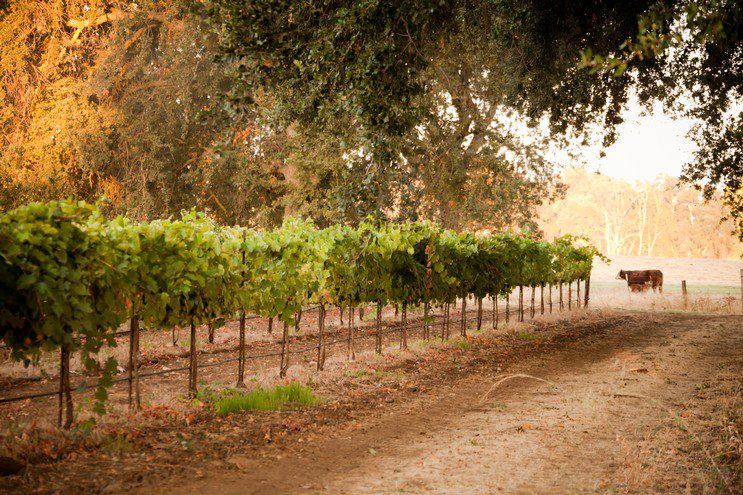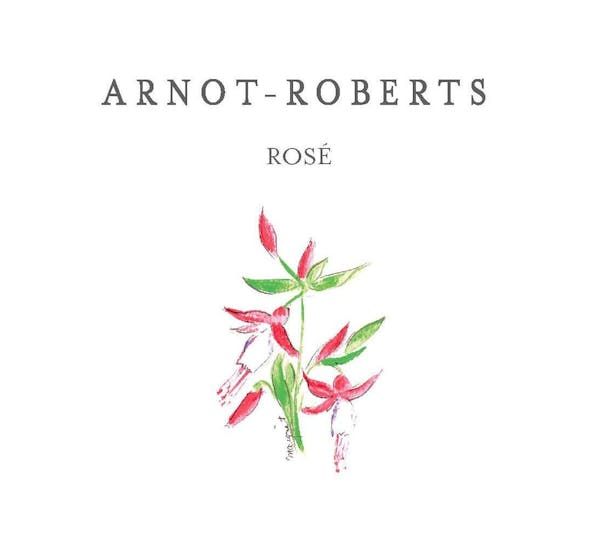REGULAR HOURS: TUESDAY-THURSDAY 12-6PM // FRIDAY & SATURDAY 12-8PM // SUNDAY 12-5PM // CLOSED MONDAYS
Touriga Nacional The Noble Soul of the Portuguese Vineyard, Planted in California

Touriga Nacional
The Noble Soul of the Portuguese Vineyard, Planted in California
Among the great grape varieties of the Iberian Peninsula, Touriga Nacional holds a special place. Long overlooked, it is now celebrated not only for its emblematic role in Port wine but also for its remarkable rise in Portugal’s still wines. Behind its name lies a grape variety with a strong personality, embodying both the heritage and the modern momentum of the Lusitanian vineyard.
Native to northern Portugal, Touriga Nacional is a genetically distinct grape variety, identified by an exact genome (though this genome has not yet been fully sequenced and made publicly available). Before the phylloxera crisis of the 1870s, it was widespread throughout Portugal. It nearly disappeared, surviving primarily in the Douro Valley for Port wine blending. It wasn’t until the early 1980s that it began to reclaim its royal status. His name means “National Treasure” in Portuguese. This grape is captivating in its ability to combine power and elegance. It produces full-bodied, structured wines with firm yet silky tannins and a freshness that ensures great aging potential. On the nose, it displays a seductive aromatic complexity: violet, lavender, blackberry, blackcurrant, and sometimes herbal or balsamic notes that evolve gracefully over time. Touriga Nacional is also used in rosé wines ambitious, modern expressions that are fully aligned with the oenological challenges of the 21st century.

It was thanks to Dr. Harold Olmo of the University of California at Davis that the first vine samples from Cockburn Co. in Porto were brought to California in 1981. However, it wasn’t until 2001 that the grape was officially certified and planted in the Classic Foundation Vineyard (CFV). The first commercial planting took place in the 1980s in Amador County, where the St. Amant family grafted their Zinfandel vines in 1980 with several Portuguese varieties, including Touriga Nacional, Touriga Francesa, Bastardo, and Tinta Cão, but it was not until 2006 that a 100% Touriga Nacional wine was vinified at St. Amant.
Another notable planting occurred at Silvaspoons Vineyard in Lodi-Central Valley in California, where 22 vineyard rows were established in 2000. While Touriga Nacional remains relatively marginal in North America, it is gradually expanding in wine regions where winemakers and growers are seeking diversity and climate resilience. In California, it is planted in warmer, sunnier regions such as Paso Robles, Lodi, and the Sierra Foothills; in Texas, where the hot, dry climate shows great promise; in Oregon and Washington State, on experimental plots; and even in British Columbia’s Okanagan Valley in Canada.

Arnot-Roberts
Rosé of Touriga National 2024
Luchsinger Vineyard - St. Amant Vineyard - St. Jorge Vineyard
CA
Under the direction of Duncan Arnot Meyers and Nathan Lee Roberts, with the invaluable assistance of Caitlin Quinn, the team has been crafting this true "national treasure" since 2010.
Originally, the fruit came from the rocky volcanic soils of the Luchsinger vineyard, located at 1,400 feet above sea level in the Clear Lake AVA. In 2015, they added Touriga from the St. Amant estate, planted in sandy granite loam at the foot of the Sierra Nevada mountains, in Amador County. But it was in 2021 that they discovered Touriga from the St. Jorge vineyard, located in the Mokelumne River AVA in Lodi, rooted in granitic alluvial soils. Also added was Touriga from Pierce Ranch, nestled in the remote San Antonio Valley in southern Monterey County, known for its clay-sandy soils with diatomaceous rock.
This 2024 vintage is also marked by the addition of 15% juice from the intriguing Trincadeira grape. All the grapes were delicately foot-treaded, releasing a touch of color and a light carbonic skin maceration before pressing. The wine then underwent its alcoholic fermentation, followed by malolactic fermentation which gives it its enveloping texture, all-in stainless-steel tanks. Here there is no wood contact and no micro-oxygenation: it’s just purity through to bottling in early January.

With a brilliant, crystal-clear Sockeye salmon pink hue, the nose is an explosively seductive aromatic experience. The Touriga reveals all its charm: violet candy, jammy dark fruits, a hint of gummy bears, with a backdrop of lavender and wild garrigue herbs. The palate is anything but shy: warm, enveloping, almost provocative, with a fleshy texture reminiscent of fresh watermelon flesh, white peach, and red fruit lemonade. The finish is marked by a lovely acidity and a well-balanced saline touch as if sea breezes had kissed the grapes.
At the table, this wine calls for character: Cajun-spiced grilled shrimp, charred calamari with parsley and garlic, Old Bay-spiced boiled crawfish, pasta salad with smoked ham and cucumber, all kinds of spicy Asian cuisine, or even a cold roast pork sandwich with mustard, salted butter, and sundried tomato jam.
Display prices in:USD
